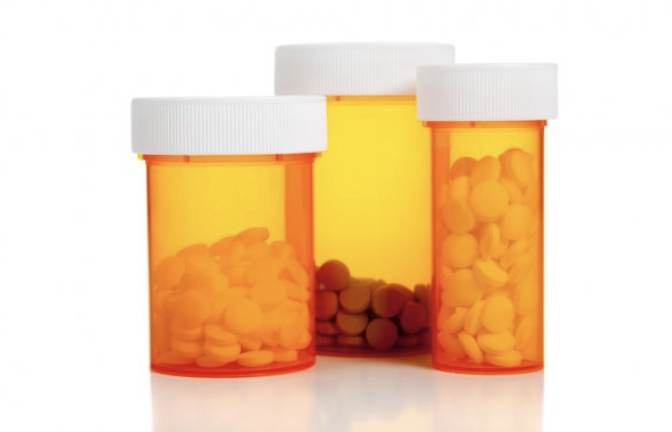
The Trump Administration has introduced a slate of proposals designed to lower the prices of prescription drugs, mainly those paid for by Medicare and Medicaid, including both physician-administered drugs in Part B and the prescription drug benefit offered in Part D. Many of the proposals are focused on reducing beneficiary out-of-pocket costs rather than lowering the actual prices of prescription drugs, but there are several proposals that are intended to pressure manufacturers into reducing list prices of drugs. President Trump also called for banning the so-called pharmacist gag rule.
Additionally, many proposals are focused on reform within the Food and Drug Administration (FDA) that are aimed at increasing competition and reforming patent law. These include increasing the approval timeline for generic drugs and evaluating whether manufacturers should be required to disclose list prices in direct-to-consumer advertisements.
Specifics on many of the proposals are light, and those specifics could impact if the changes could be implemented administratively or would require Congressional action.
The Administration has identified the following four problems that the blueprint is intended to address:
- High list prices;
- Rising out-of-pocket (OOP) costs for consumers;
- Foreign governments “free-riding” off of American investment in innovation; and
- Overpaying for drugs due to a lock of negotiation tools.
Overall, the administration’s plan focuses on four strategies:
- Improved competition;
- Better negotiation;
- Incentives for lower list prices; and
- Lowering out-of-pocket costs.
The Administration also requested comments on a broad range of issues, from value-based purchasing to the taxes and rebates included in the Affordable Care Act (ACA). Other topics include value-based arrangements, drug rebates, produce sample access issues that can delay generic competition, and moving coverage of some drugs from Medicare Part B to Part D.


